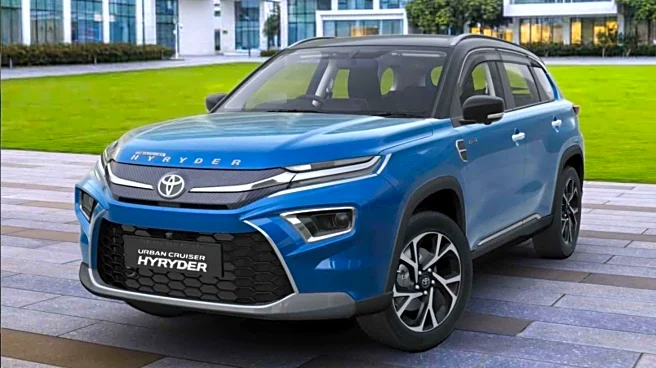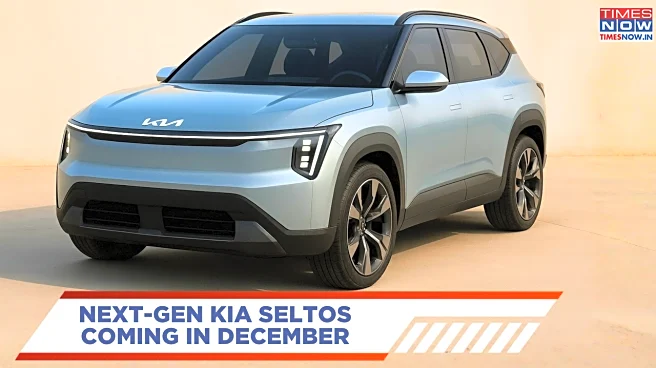Hyundai Motor Co. and Kia Corp. are heading toward a major global milestone, with their combined hybrid sales on track to cross the one-million mark for the first time this year. The projection comes from a Pulse report, based on new industry data shared on Wednesday by Maeil Business News Korea’s English service.
According to the figures, the two Korean brands moved 831,933 hybrid vehicles worldwide between January and September 2025, a strong 27.2 per cent jump from 654,067 units in the same period last year. If this momentum continues, their total for 2025 could climb beyond 1.1 million units, underscoring the growing global appetite for hybrid powertrains.
Much of this surge has been driven by familiar mid-size SUV nameplates. The Tucson Hybrid
led the charts with 132,991 units, followed by the Sportage Hybrid at 120,054 units and the Santa Fe Hybrid at 95,168 units. Demand has been especially strong in the United States and Europe, where hybrids are increasingly becoming the default choice for buyers moving away from pure internal combustion engines.
Also Read: KTM 390 Adventure, Adventure X Get Post-Festive Price Hike - Here’s What’s Changed
Market conditions have played a big role, too. With reduced EV subsidies, potential U.S. tariffs and higher battery costs reshaping the landscape, hybrids have emerged as a safer bet for both brands and buyers. Though they cost 3 million to 5 million won more than their petrol counterparts, they deliver stronger margins for manufacturers and remain easier for consumers to commit to.
South Korea’s own market is showing the shift clearly. Hyundai’s Palisade Hybrid, introduced in April, has already overtaken the petrol model. Data from the Korea Automobile & Mobility Association shows 26,930 hybrid units sold through September, compared with 18,005 gasoline versions. The trend reflects a broader consumer move toward better fuel efficiency.
The U.S., one of Hyundai’s most critical global markets, is seeing even sharper momentum. Hybrid demand spiked after federal EV incentives of up to USD 7,500 ended in October. Hyundai responded by launching the Palisade Hybrid there in September and significantly boosting Santa Fe Hybrid production at its Alabama plant. The company has also paused output of the Genesis GV70 EV to free up capacity for hybrids.
Between January and September alone, Hyundai built 62,000 units of the Santa Fe Hybrid in the U.S., marking a rise of more than 140 per cent compared to last year. “With EVs still facing high prices and inadequate charging infrastructure, hybrids have become the most practical choice for many U.S. consumers,” an industry official told the publication.
With hybrids gaining momentum globally, attention now turns to India. The market is beginning to respond to electrified powertrains, and Hyundai’s Creta and Alcazar are well-positioned candidates for hybrid variants. Kia could take a similar path with the Seltos and Carens as rivals strengthen their line-ups. With Toyota and Maruti steadily expanding their hybrid presence, Hyundai and Kia have a clear incentive to bring their established global hybrid technology to India.
(With inputs from ANI)



/images/ppid_59c68470-image-176311003122965017.webp)









/images/ppid_59c68470-image-176310754437924087.webp)


